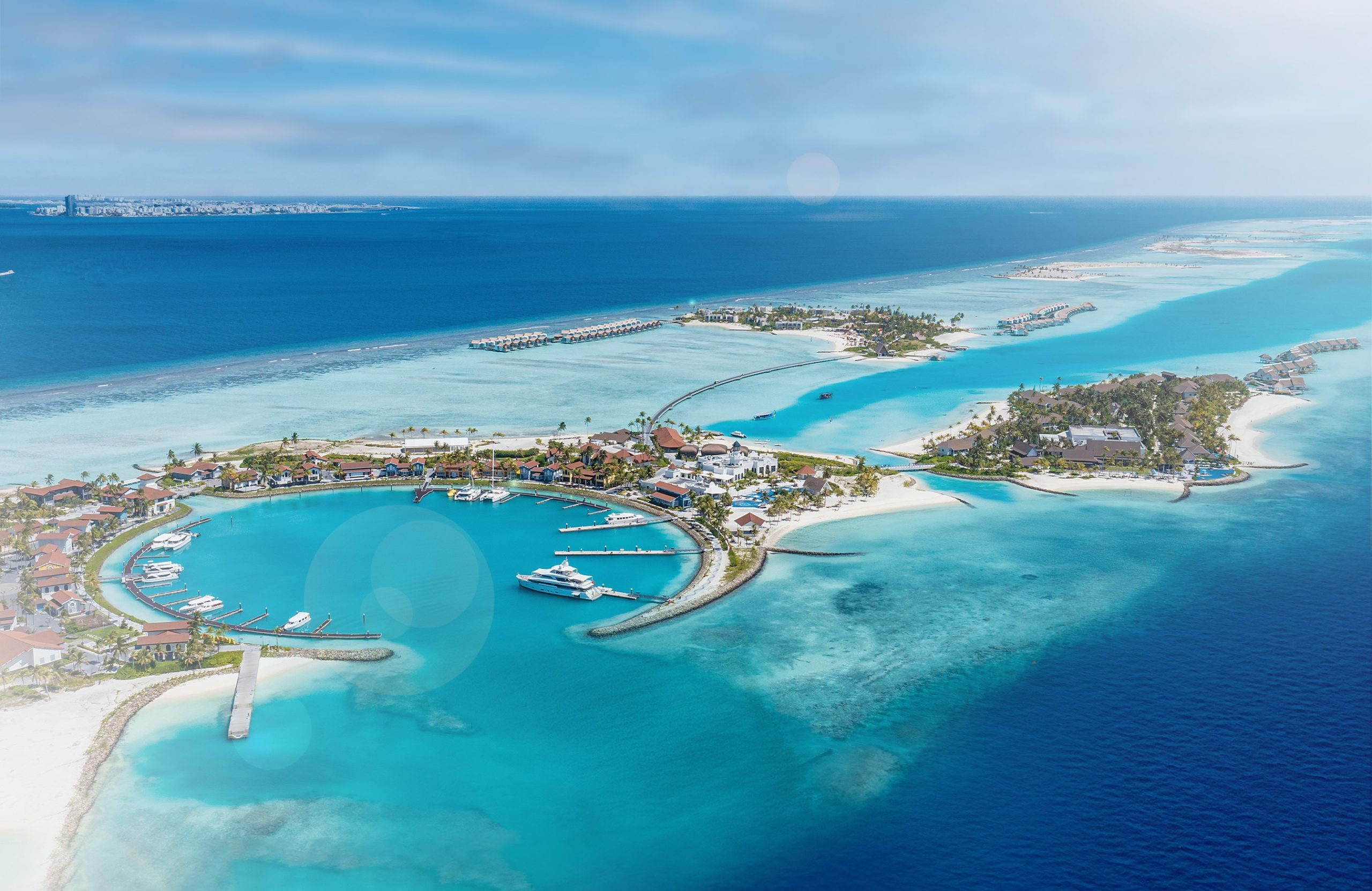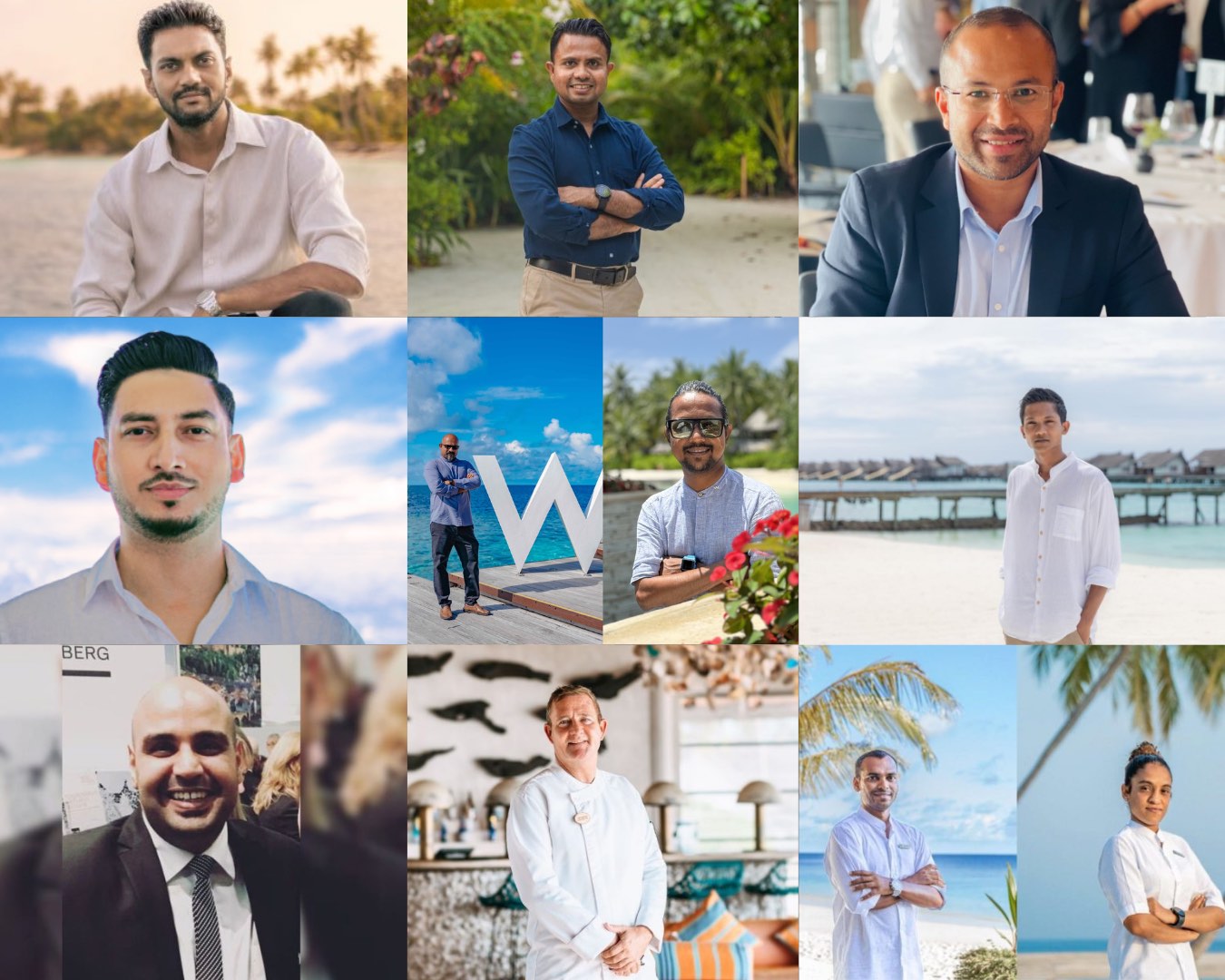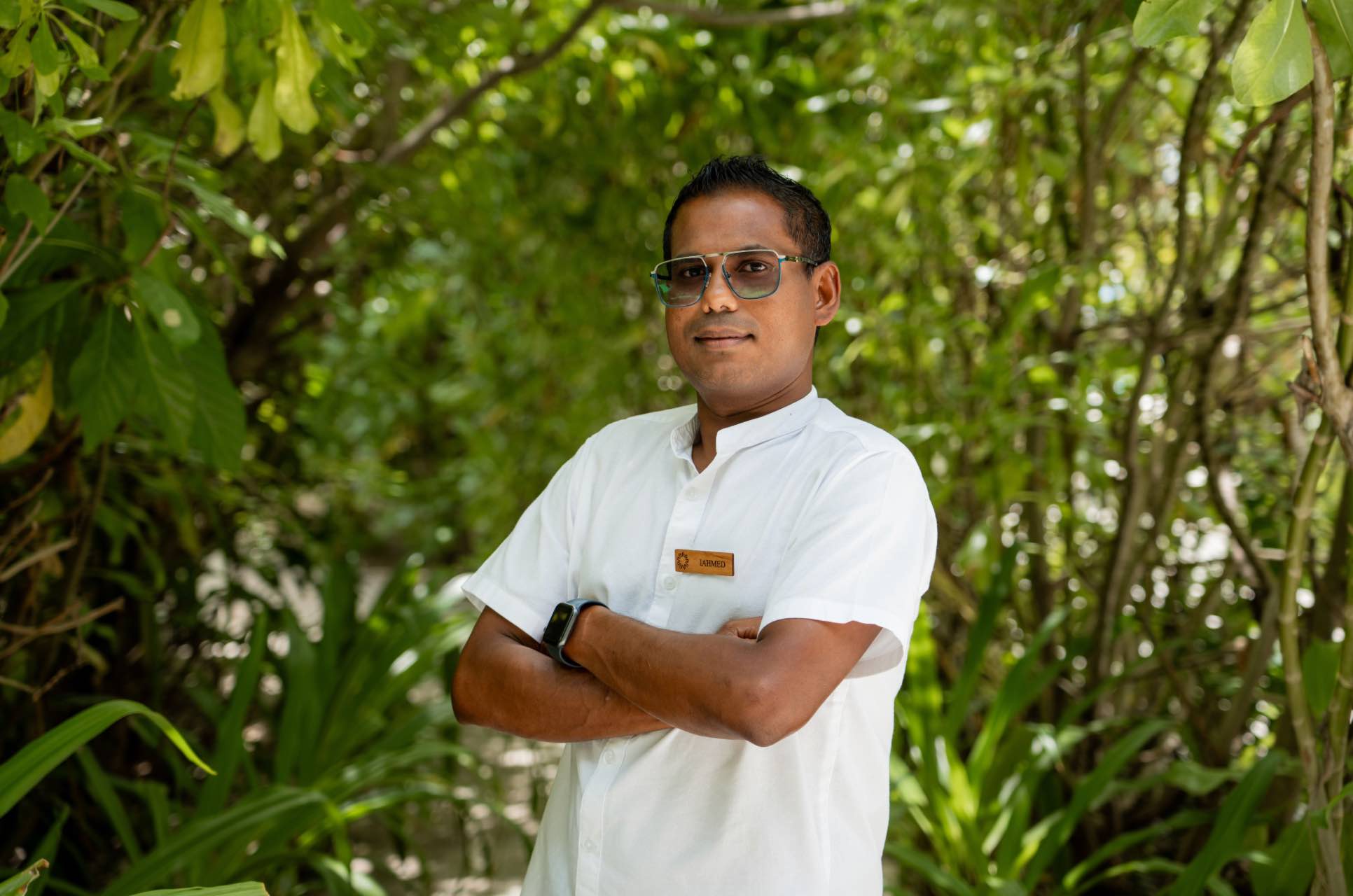Banyan Tree Vabbinfaru and Angsana Ihuru welcomed a new General Manger, Kanruethai Roongruang. In her new role, Kan will be responsible for driving the resort’s day-to-day operations.
Kan joined the Banyan Tree Group in 1997 as Manager of Canal Village, Laguna Phuket. She has held leadership roles in various Banyan Tree Spa & Gallery locations in Bangkok, India, Phuket, UAE, and Malaysia and was subsequently promoted to VP for Spas & Gallery Operations.
In 2017, Kanruethai Roongruang moved to hotel operations as Hotel Manager for Angsana Villas Phuket Resort, Laguna Holiday Club Phuket Resort, and Angsana Laguna Phuket after the resort integration. There, Kan successfully managed the hotel team to achieve smooth operations as well as guests’ and associates’ satisfaction.
Kan brings with her over 20 years of experience in the group she led and participated in various events and activities. She is also a high potential LEAFer in Banyan Tree’s LEAF, a program that develops senior managers with the aptitude to lead the group.
Kan will lead the Banyan Tree’s Post-Covid Wellbeing Drive for Banyan Tree Vabbinfaru, the brand’s new journey that caters to the wellbeing curious. The Wellbeing Sanctuary concept enables leisure travellers to design and combine a leisure vacation with wellbeing elements flexibly and openly.
Through a structured and straightforward, codified approach of 8 pillars, guests may personalize their stay and create a personal practice to sustain even after returning home. Lastly, the journey is designed to inspire a greater connection between self, others, and nature, with Banyan Tree’s enduring commitment to sustainability woven through the experience.
About Banyan Tree Vabbinfaru
Situated on the North Male Atoll, just 20 minutes by speedboat from the Male airport. Located on the island of Vabbinfaru, the Spa-centric boutique resort offers understated barefoot luxury, blessed with lush tropical palms, immaculate beaches, cerulean waters, and a house reef bustling with turtles, white tip sharks, manta rays, lobsters, and many other aquatic residents.
About Angsana Ihuru
Blessed with palm-fringed beaches, crystal clear waters, pristine house reef, and the famed Ranamaari shipwreck, this Dive-centric, All-Inclusive retreat is located in the North Malé Atoll, mere 20 minutes by Speedboat from Velana International Airport.







